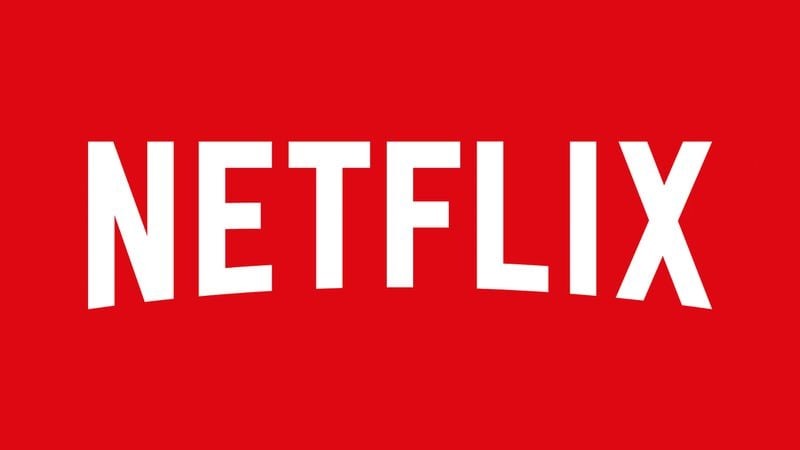Just when virtual reality promoters trumpet impending next-generation entertainment medium goes mainstream, Netflix co-CEO Greg Peters throws reality ice water curbing enthusiasm cites niche user bases challenges justifying VR development prioritization presently.
This dismissing stance conflicts positive PlayStation VR2 headset reception aiming mass appeal attracting Netflix limited resources better allocated on larger consumption platform proliferation goals accordingly.
Today we analyze Netflix’s sobering rationale questioning VR relevance still for average consumers, counter hot-take arguments seeing undeniable growth runways ahead and ultimately outlooks whether virtual reality streaming collapses or catalyzes given cautious incumbents against determined disruptors still battling shaping real-world adoption trajectories respectively.
The Niche Medium Reality Today
While virtual reality demonstrates immense entertainment potentials transporting viewers unprecedented immersion heights, headsets adoption still crawls slowly struggling moving needles appreciably from enthusiast niches penetrating mass public consciousness pervasively.
And Netflix concerns remain prioritizing ubiquitous platforms like mobiles and televisions supporting subscriber numbers paying bills rather experimental emerging mediums uncertain delivering tangible returns still despite disruptive hype cycles spun periodically.
Unless VR viewership scales boost justifying dedicating limited resources expanding access, why divert constrained budget attentions chasing smaller user segment gains myopically?
A Reluctance Risking Relevance Loss
Nonetheless, writing virtual reality off cavalierly risks ceding first-mover advantages likely unlocking next entertainment landscape evolutionary phase tentatively if key players establish themselves formatively still.
Other studios lean aggressively. So dismissing VR ecosystem emergence risks condemned observer bylines should disruptions manifest substantial market consolidations as rivals embrace testing waters.
Still, without significant adoption acceleration, the warnings sound reasonable protecting near-term vitality metrics first and foremost pragmatically.
The Market Potential Still Undeniable
However, counterarguments debate virtual reality demise prematurity still on three grounds realistically:
- Inherent experiential superiority promises
- Rapid hardware innovations progress
- Killer app developments momentum
Namely nothing yet replicates uncanny VR gaming environment immersion entertainment qualities demonstrating monumentally once felt personally.
Additionally, accelerating performance gains untether cabled headsets rapidly matched smartphone cellular traction revolutionizing mobile communication appreciably.
The Content Catalog Needs Feeding
Critically, early VR hardware sales upticks demand increased high-quality software libraries addressing wants beyond gaming alone as mixed reality productivity, athletic training and computational creative tools engage differently.
Netflix risks complacently underestimating exponential technology adoption pattern where slow starter trajectories erupt suddenly matching satisfactory solution convergence tipping points ultimately.
Few recall commercial internet cynics mid-90s until approximately 2005 witnessing transformations unforeseen still yet now taken granted ubiquitously.
The Uncertain Path Ahead
Projecting years forward, virtual reality arguably races many uncertain trajectory variables intersecting multi-dimensionally predicting smooth sailing towards entertainment critical mass or waning fizzle diminishing eventually forgotten.
On one hand, sheer experiential magic powers enthusiasm strong pending price parity, quality content depth and improved hardware portability/comfort thresholds matching competitive screens reasonably.
But on other hand, lagging adoption metrics must improve demonstrably proving viability converting key distributors like Netflix hesitating until addressable numbers compel attention somewhat.
It’s Up to the Users and Content Makers
Perhaps VR streaming landscape outlooks remain self-determined circularly whether fledgling creative studios nourish fledgling headsets sufficiently?
Namely a million Flowers bloom nurturing unique virtual reality watcher wish fulfillment imaginably until viewers vote screen times putting hard numbers evidencing consumer behavioral shifts objectively.
Can a platform survive enthusiasm and experiences alone without distribution kingpins like Netflix embracing risky uncertainty still yet calculably?
In many ways supply and demand holds inseparable balancing VR streaming evolution questions neither separable definitively still at virtual reality infancy relatively.










Add Comment